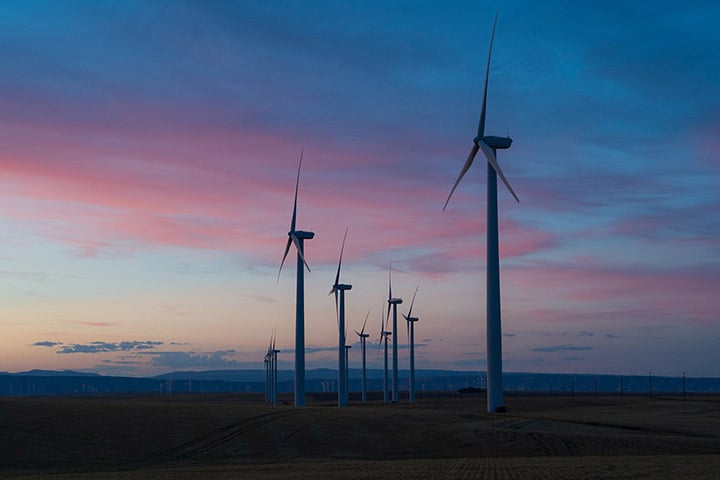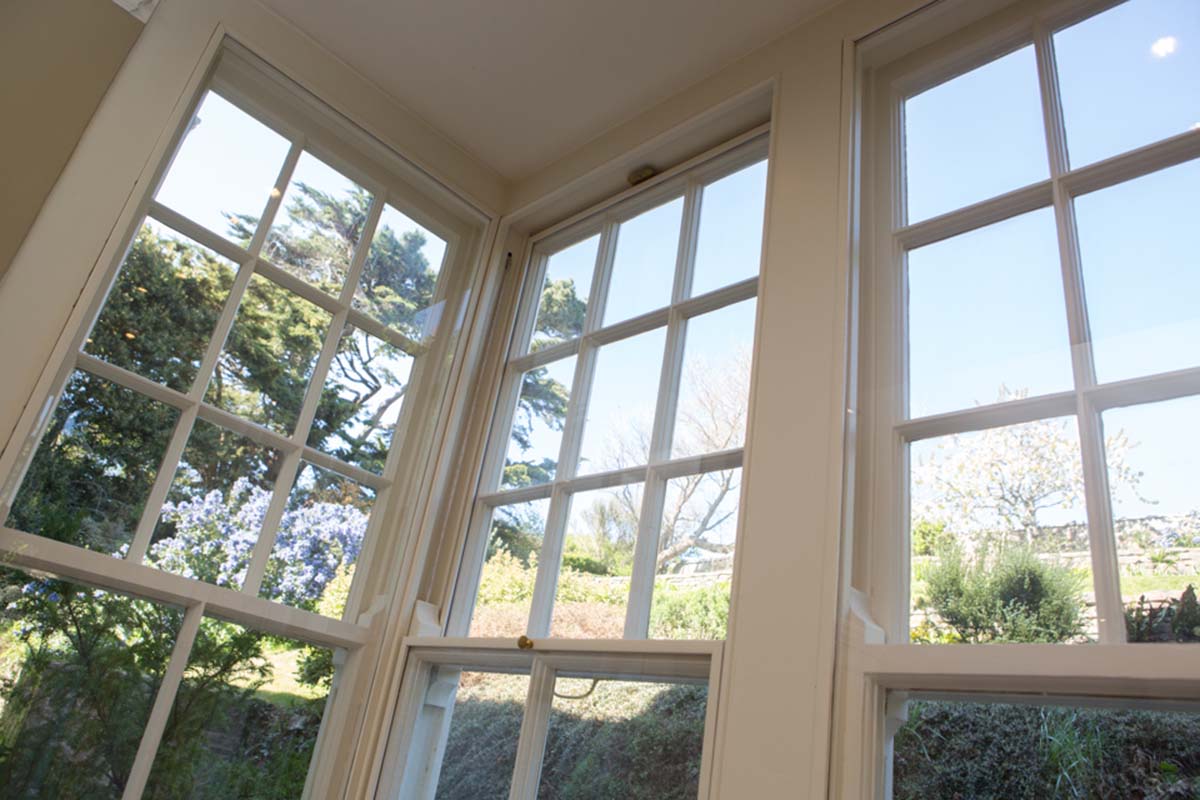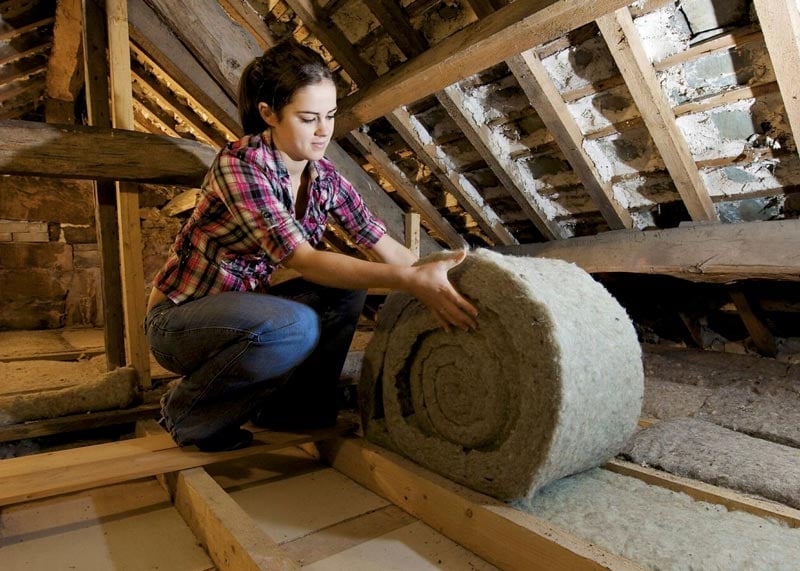Understanding the meaning of ‘carbon neutrality’ – never mind figuring out how to achieve it in a period or listed property – is something many of us are guilty of deferring until another day, so we’re making today that day.
Energy-efficiency expert Mukti Mitchell, founder of Mitchell & Dickinson and Carbon Savvy, takes us from knowing zero to net zero in a series of three features, of which this is the first.
What is carbon neutrality?
Carbon neutrality is when carbon emissions (from burning fossil fuels such as gas, oil, petrol, diesel and coal) and sequestration (carbon absorption by forest, pasture or carbon capture and storage technology) equals net zero.
The UK government has committed to reaching net zero by 2050, with 68% of UK councils committed to doing so by 2030–2040. This can be achieved by ceasing to burn fossil fuels, and instead generating energy from clean sources, like wind, solar, hydro and tidal. Where emissions are unavoidable, they can be offset through sequestration.
Why are homes key to being net zero?
According to a 2016 report by the Department for Business, Energy and Industrial Strategy (BEIS), 37% of UK carbon emissions were attributable to heat. We use far more energy to create heat than we do to power lights and appliances. It therefore makes sense that one of the ways the government expects to achieve its net zero objective is by addressing the heating of homes and other spaces.
Some of the measures proposed include the building of energy-efficient new homes, the use of ground-source and air-source heat pumps, and other forms of low carbon heating, and the introduction of energy-saving measures to existing buildings.
What are the heating solutions for period homes?
We all love our adorable Agas and opulent open fires, but few of us would mind using them less often if we were already toasty and warm. So what are the options? Ultimately, electric heating is the goal. While biomass heating options might seem attractive, they often have higher CO2 emissions at their point of use than fossil fuel alternatives and, given that trees take upwards of 20 years to grow back, the UK government sees biomass very much as a bridging technology rather than a genuine low-carbon solution.
Electric options include air-source, ground-source and hybrid heat pumps as well as high-heat-retention storage heaters. As a community, other options such as heat networks (using waste heat from local industrial sources), district heating (one large heat pump powering several houses) and combined heat and power systems are also worth consideration for larger projects.
In the next feature in the series, we find out why rushing to replace your Rayburn with a heat-retention storage heater before you’ve retrofitted energy-saving solutions to your home would be a waste of time and money. Also, Mukti gives us the lowdown on how to prepare your home for retrofitting.










